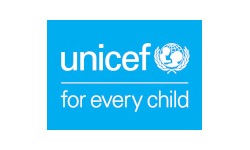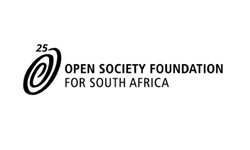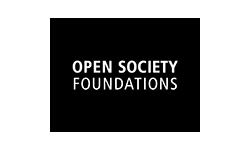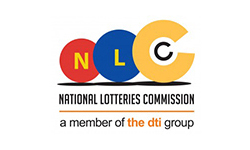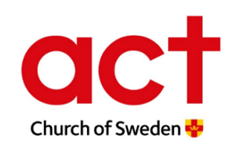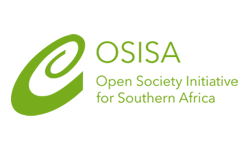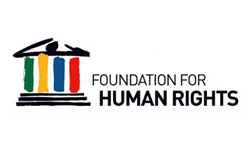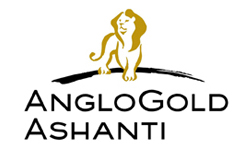SADC. Poverty alongside mineral wealth.
 The SADC sub-region is characterized by high levels of formal unemployment, food insecurity and basic survivalist livelihoods, subject to high levels of vulnerability to external shocks, and relatively low investment in human capabilities compared to other regions globally. And yet the sub-region at the same time has no lack of valuable energy and mineral resources. Sometimes dubbed ‘the curse of Africa’, these resources include precious metals, oil, diamonds and other mineral deposits. Many have decried the fact that the benefits of these natural resources do not appear to successfully be enjoyed by the poor in many of these countries. It is telling that the three countries of highest income inequality – Namibia, South Africa and Botswana – are located in this sub-region. Analysts lament the failure of these nations to develop beyond the extractive phases and develop industries that can in turn produce decent formal jobs that would in turn allow for the eradication of poverty.
The SADC sub-region is characterized by high levels of formal unemployment, food insecurity and basic survivalist livelihoods, subject to high levels of vulnerability to external shocks, and relatively low investment in human capabilities compared to other regions globally. And yet the sub-region at the same time has no lack of valuable energy and mineral resources. Sometimes dubbed ‘the curse of Africa’, these resources include precious metals, oil, diamonds and other mineral deposits. Many have decried the fact that the benefits of these natural resources do not appear to successfully be enjoyed by the poor in many of these countries. It is telling that the three countries of highest income inequality – Namibia, South Africa and Botswana – are located in this sub-region. Analysts lament the failure of these nations to develop beyond the extractive phases and develop industries that can in turn produce decent formal jobs that would in turn allow for the eradication of poverty.
According to a 2008 report by the Southern African Resource Watch[1]:
“From east to west and north to south, Africa is blessed with abundant natural resources. In most cases, however, these resources have been badly exploited, and instead of contributing to growth, development and poverty eradication they have done the opposite”. (page 6).
Instead what the report documents is the prevalence of the use of the proceeds of these activities to be looted, resulting in rent-seeking and political instability, and in many instances, an ‘unhealthy symbiotic relationship’ between the extractive companies and the political elites[2]. This was found to hold true even in some countries that had adopted relatively progressive mining codes and legislation for instance; the gap between the regulations and practice was found to vary in a number of case studies[3]. According to an UNECA report[4], mining, as an example, contributes a mere 5% of employment in the SADC region.
It is clear that the sub-region needs to refine and develop a comprehensive and SADC focused industrial and manufacturing policy. This is necessary to shift the growth and accumulation paths of countries and the collective SADC area. Even more crucial for long term structural change would be the development and adoption of common minimum standards across the region in respect of the ‘management, exploitation and management’[5] of the natural resources to prevent the ability of multi-national companies to maximize opportunities for extractive exploitation by manipulating terms between countries. Such a process could at best however see medium to long term benefits, and not address the immediate needs of people who are hungry and vulnerable today. In this brief we therefore advance the case for a policy that would see an immediate improvement in the lot of the poor with the region by accessing some of this wealth. Given the increase in the interest around social protection programmes to address vulnerability in developing countries, we believe that it is an extremely opportune time to undertake a feasibility study on the development of a SADC–wide Basic Income payment to all residents, a form of social protection floor which has already been experimented with in a few localities in the region, funded from ring-fenced proceeds from extractive commodity operations within each country, with transparent operations and portable accessibility.
[1] The Search for Responses to Resource Curse, SARW Resource Insight Issue 6, May 2008.
[2] Ibid, 7.
[3] SARW, 2008. 8.
[4] Mineral Exploitation, Environmental Sustainability and Sustainable Development in EAC, SADC and ECOWAS Regions, Work in Progress, no. 79. D.K. Twerefou, 2009.
[5] SARW, 2008, 16.

